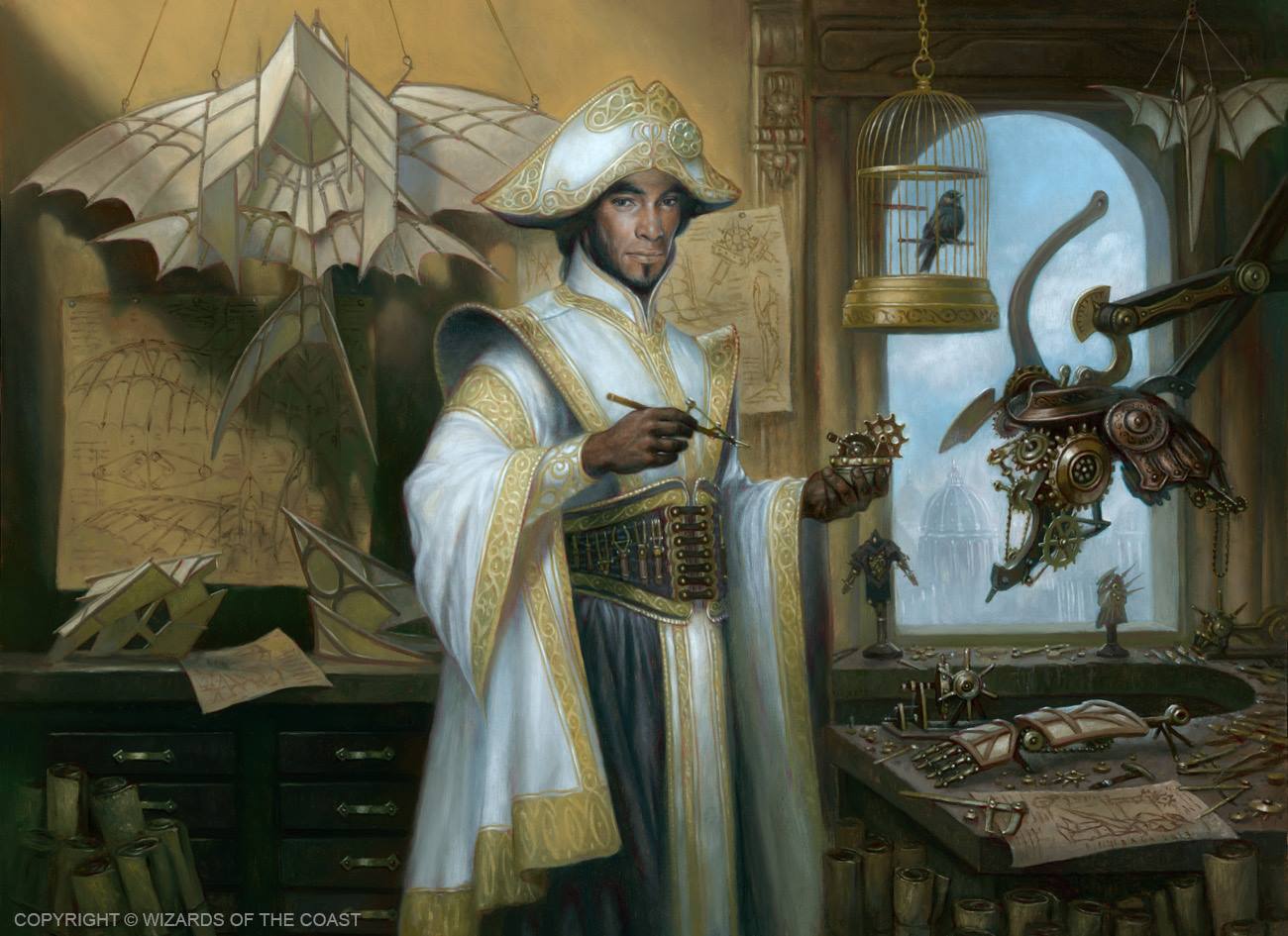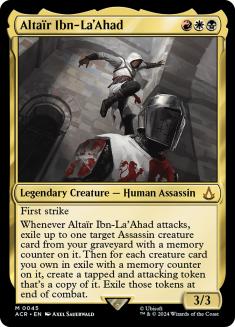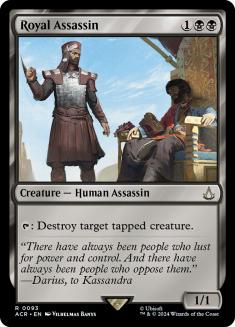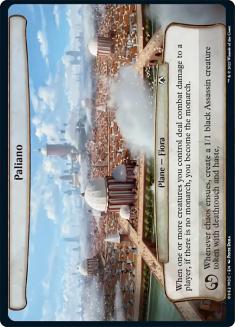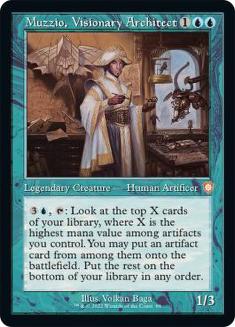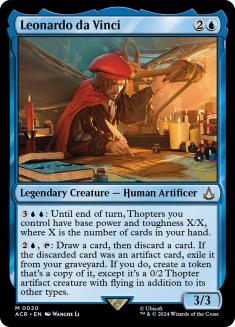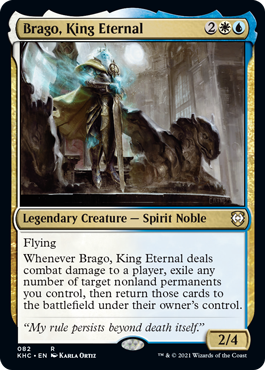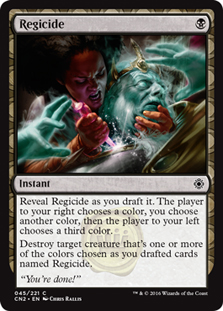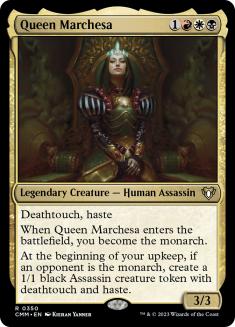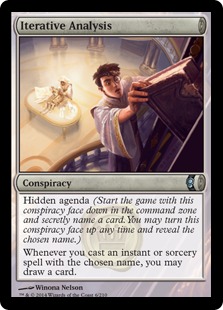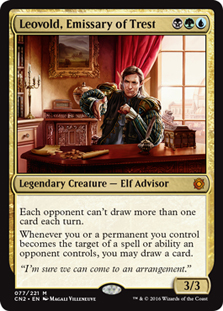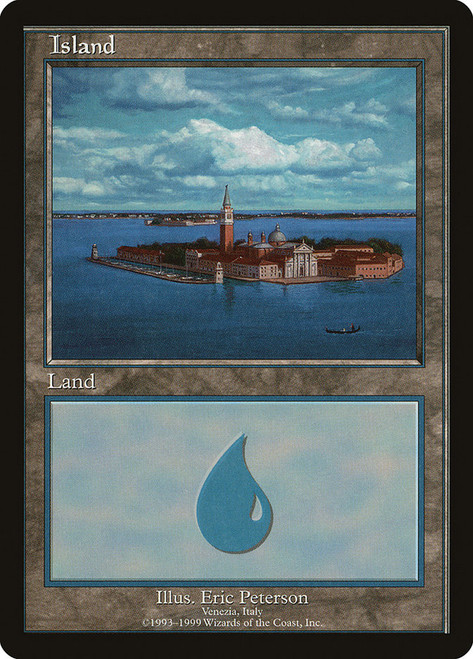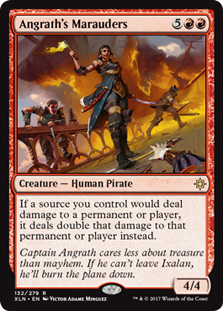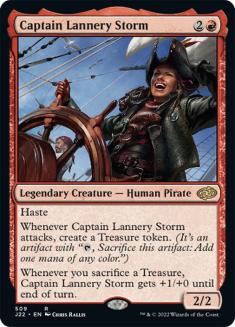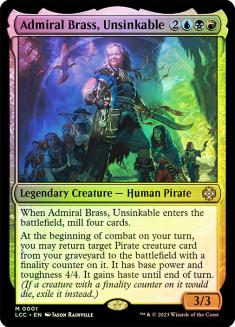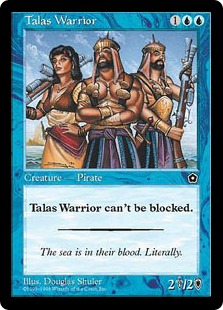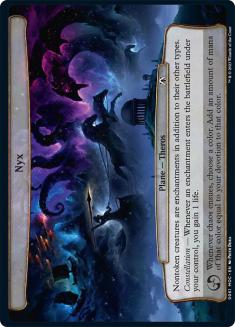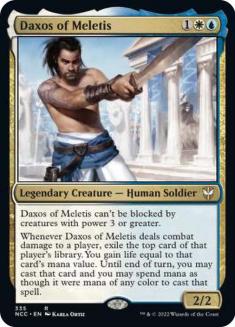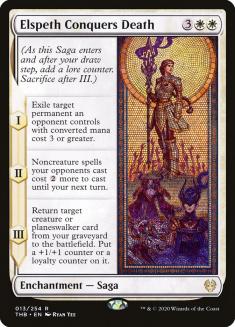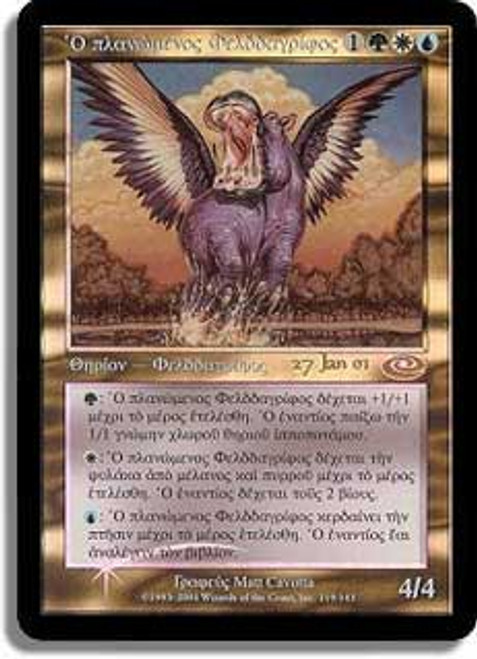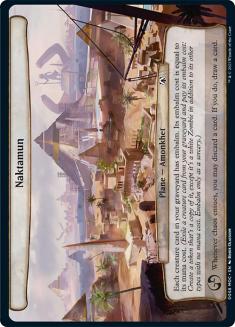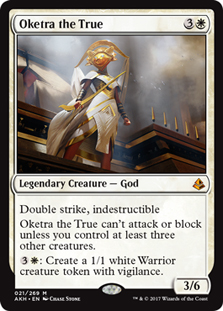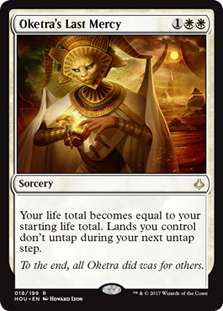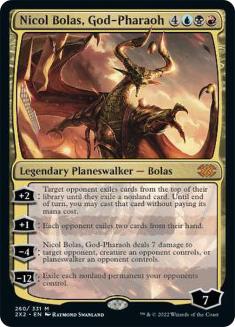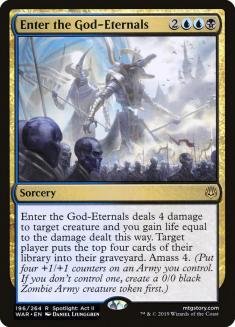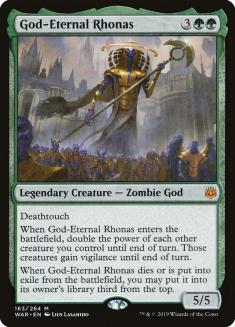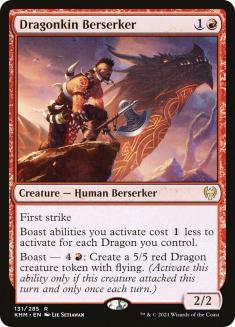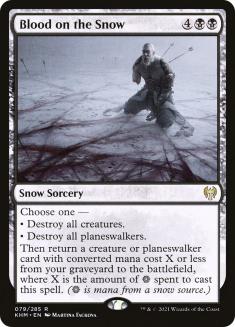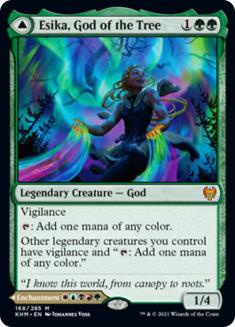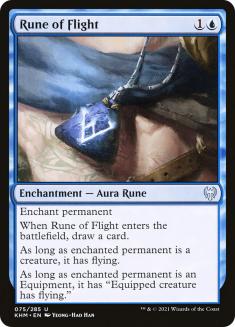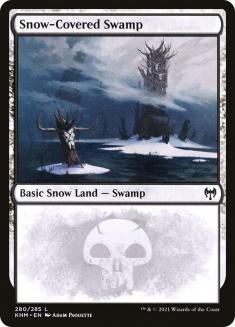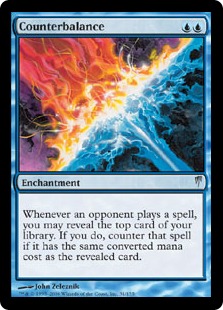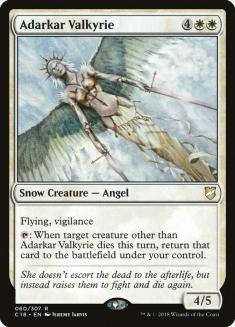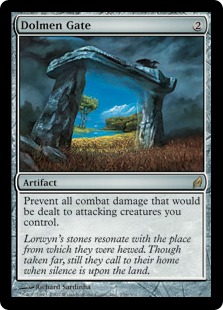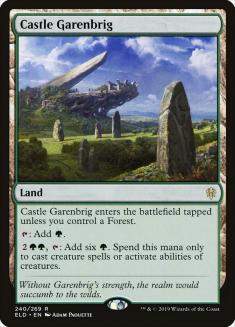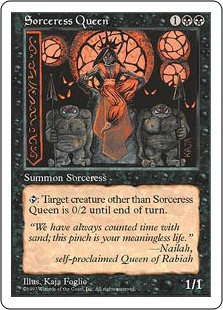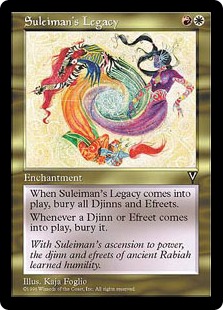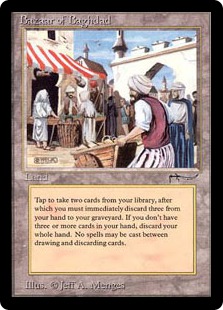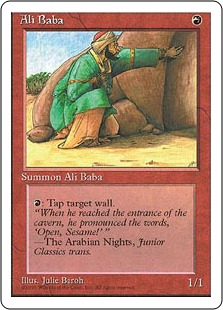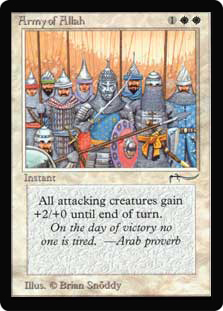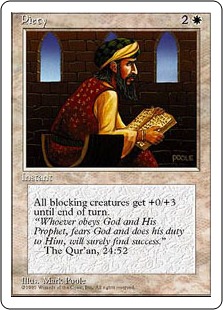Magic: The Gathering – Assassin’s Creed is the newest Universes Beyond release for Magic: The Gathering (MTG). It combines the characters and ideas of the Assassin’s Creed video game franchise, which takes players into various real-world historical moments as part of an imagined battle between the free-will-hating Templars and the titular Assassins, with MTG’s game mechanics and its Multiverse of planes (fantasy worlds) inspired by various places, times, and myths.
Because past MTG settings overlap with many (though not all) of the settings depicted in the Assassin’s Creed video games, there are plenty of jumping-off points for players who want to build Magic decks around those shared inspirations, especially for the more social and less competitive Commander format. Here are six key planes for Assassin’s Creed fans to explore!
Renaissance Italy
The Assassin’s Creed Games: The Ezio Trilogy (especially Assassin’s Creed II and Assassin’s Creed: Brotherhood)
The MTG Plane: Fiora
Fiora resembles an Italian Renaissance city-state… if that city-state had Elves and Goblins mixed with the Human inhabitants. The architecture of Paliano, a card for the Planechase variant of MTG, will be instantly recognizable to anyone who followed along with the adventures of Ezio Auditore da Firenze.
Fiora’s movers and shakers bear strong resemblance to the historical types in Assassin’s Creed. Muzzio, Visionary Architect, for example, bears a strong resemblance to his real-world inspiration (and Assassin’s Creed character) Leonardo da Vinci.
And what would an Italian Renaissance-inspired setting be without an assassination? Fiora’s reigning monarch, Marchesa, got the job by hiring Kaya Cassir, a specialist in ending the undead, to take out her predecessor, the ghost-king Brago.
Fiora mainly appears in two sets, Conspiracy and Conspiracy: Take the Crown. These can be a bit tricky for new players. The sets were originally designed for Draft formats and not Constructed decks. You can’t play any of the cards with the Conspiracy type, for instance, and Leovold, Emissary of Trest is banned in Commander for being too powerful.
Even without those cards, however, the two Conspiracy sets offer plenty of Renaissance flair. Further, an old promotional basic land card, an Island, literally depicts Venice!
Golden Age of Piracy
The Assassin’s Creed Games: Assassin’s Creed IV: Black Flag and related narratives
The MTG Plane: Ixalan
The setting of Ixalan is inspired by various peoples and periods in Mesoamerican history. It has four major factions, including Maya-inspired Merfolk, an Inca-inspired Human empire, and Vampire conquistadors, but the Pirate faction is of greatest interest to those waving the Black Flag.
The Ixalan setting first appeared in the sets Ixalan and Rivals of Ixalan, released in 2017 and 2018. More recently, MTG returned to the setting with The Lost Caverns of Ixalan and The Lost Caverns of Ixalan Commander.
While the Ixalan setting is the main source of Pirates in MTG, others can add to that flavorful or story-appropriate feeling, such as the Rishadan pirates of Mercadia. Portal Second Age, an older release for beginners, has the Talas faction, which, unusually for MTG, gets to carry gunpowder weapons.
Ancient Greece
The Assassin’s Creed Game: Assassin’s Creed Odyssey
The MTG Plane: Theros
Fans of Assassin’s Creed Odyssey will be right at home in Theros. This Ancient Greek-inspired plane offers heroes, monsters, and a pantheon’s worth of drama.
In 2013 and 2014, MTG first visited the plane of Theros in the sets Theros, Born of the Gods, and Journey into Nyx. Later, MTG returned there with 2020’s Theros Beyond Death, focusing on the setting’s underworld. Kassandra, Eagle Bearer would feel right at home!
For fans of the Greek language, you may already know that Cleopatra, Exiled Pharaoh has a serialized printing in Greek. (More on the land of pharaohs in a bit.) It’s only the second MTG card in the Greek language. The first was a promotional version of Questing Phelddagrif, printed in 2001, as part of a series using ancient languages!
Ancient Egypt
The Assassin’s Creed Game: Assassin’s Creed Origins
The MTG Plane: Amonkhet
As Assassin’s Creed Origins fans know, for the last few centuries of “Ancient Egypt”, it was ruled by the Ptolemaic Dynasty, founded by a successor to the Macedonian conqueror Alexander the Great. Though Cleopatra may have spoken Greek, the old Egyptian monuments were still around, of course. For that flavor, MTG offers the Egyptian-inspired plane of Amonkhet.
Amonkhet’s history is full of betrayals and takeovers, albeit of the fantasy kind. While its debut set, Amonkhet, shows a slightly off-beat world where a cat-headed deity walks among the people of an oasis community, Hour of Devastation reveals that the plane has been corrupted by a malevolent Elder Dragon posing as the God-Pharaoh, Nicol Bolas.
Nicol Bolas has been using Amonkhet to create a seemingly unstoppable army as part of a malevolent grand plan to regain his lost power. Assassin’s Creed fans may have their blade-wielders as Plan A, but a cobra-headed Zombie God makes for a decent backup plan!
Viking Conquest
The Assassin’s Creed Game: Assassin’s Creed Valhalla
The MTG Planes: Kaldheim and others
In November 2020, Assassin’s Creed took up tales of medieval Viking conquest with Assassin’s Creed Valhalla. Just a few months later, in February 2021, MTG borrowed the same inspiration for its Kaldheim set.
Kaldheim leans heavily into myth, with a pantheon of Norse-inspired deities such as Esika, God of the Tree. You want a ship? Raiders’ Karve is ready to sail into your deck. Looking for Runes? There’s one for each color.
Kaldheim isn’t the only source of icy awesomeness in MTG. The Ice Age block, consisting of that set, Alliances, and Coldsnap, contains Snow-Covered lands with the special snow property, as well as a range of powerful and flavorful cards, from the first printings of Brainstorm and Force of Will to Counterbalance, Adarkar Valkyrie, and Jokulhaups.
For those wanting to lean into the British Isles aspect of the Valhalla story, the planes of Lorwyn-Shadowmoor block and Eldraine also draw inspiration from the islands, offering fairy-tale and Arthurian legend vibes that cross over when depicting ancient monuments.
Islamic Golden Age
The Assassin’s Creed Game: Assassin’s Creed Mirage
The MTG Plane: Rabiah
The newest Assassin’s Creed game (until the release of Assassin’s Creed Shadows) shares an inspiration with MTG’s first-ever expansion from all the way back in 1993. Arabian Nights draws from the famous collection of Middle Eastern folktales, One Thousand and One Nights, as well as more recent interpretations of them, such as the “Ramadan” issue of The Sandman.
The One Thousand and One Nights are in the public domain, and so WotC cannot own the stories. Instead, they have made their own setting inspired by the tales, Rabiah, which has 1,001 manifestations. Rabiah is unusual in that it includes real-world locations, such as the Bazaar of Baghdad, alongside figures from myth.
As an early MTG set, Arabian Nights varies widely in power level. Library of Alexandria is so strong that it is banned in Commander, for example, while Pyramids wastes a cool name on a costly and weak card.
Arabian Nights also reflects a time before cultural consultants. Naming a card Army of Allah or quoting a translation of Islamic scripture, as on Piety, would not happen in 2024. While those cards remain legal to play, two other Arabian Nights cards have been banned from all formats and removed from official online databases because WotC considers them so culturally offensive that it doesn’t want to be associated with them anymore.
Despite all that, the flavor of Arabian Nights is simply unmatched for the Assassin’s Creed Mirage fan looking to cross over. Who wants to go back in time and have some fun in the sand?
***

SCG CON is coming to Tampa, FL on September 6-8! The world’s premier trading card game convention features three full days of Magic: The Gathering, Flesh and Blood, Disney Lorcana, and Star Wars Unlimited action:
- Magic: The Gathering Modern $10Ks on Friday and Saturday; cEDH $5K; Super Sunday Regional Championship Qualifiers in Standard, Pioneer, and Modern; and Commander Celebration
- Flesh and Blood Rosetta World Premiere, Calling, and Battle Hardened events
- Disney Lorcana Core Constructed $2K and $1K events
- Star Wars Unlimited Premier Constructed $2K and $1K events
- Side events all weekend long
And so much more!
Plus, meet fan-favorite special guests and artists!
Best of all, SCG CON is free to attend!
Make your plans for SCG CON Tampa!

